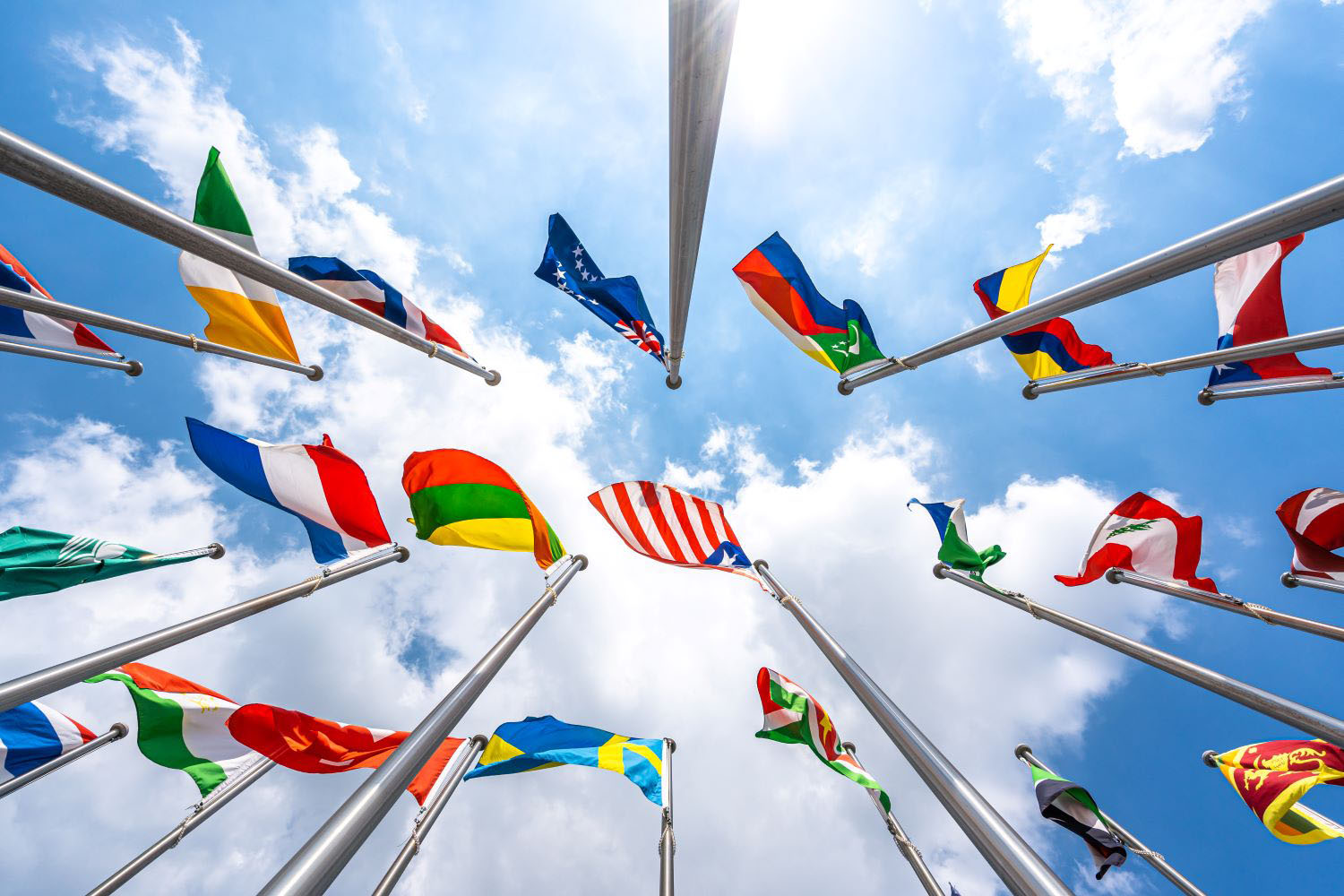Beginning this Friday, the Annual Meetings of the IMF and World Bank will take place against the backdrop of a still-sputtering global economy. Brexit and the slowing of China’s growth engine have not helped the picture. Legacy issues in Europe’s banking system as well as increasing concern over the quality of loans in China’s overextended banks pose additional downside risks. Added to this is the problem posed by low commodity prices for exporters (slowing both demand and the remittance engine that has been so important for many in poor countries), the threat of more protectionist policies—including in the United States—and unresolved issues of conflict. The number of refugees continues to grow with more people displaced now than at any time since the second world war. At the same time, recent evidence suggests that the planet may be warming more rapidly than expected. In the face of these headwinds, a major priority for the multilaterals has to be how to energize their members to face the global growth challenge while also helping to address the challenge of global public goods.
On the Fund side, one priority is to encourage countries to use their fiscal headroom to address sluggish growth. Not all will be able to do so, but every little bit helps. The RMB entry into the SDR basket of currencies is a dramatic demonstration of how developing countries have increased their weight in the global economy, and marks an important step forward for both China and the IMF. It is also notable how the IMF is now addressing a wider set of issues aimed addressing inequality and distributional issues, not just the macroeconomic side of growth-related policies. Gender is a prime example.
On the Bank side, the word is leverage—for IDA, IBRD, and IFC alike. With historically low interest rates and massive global pools of private savings, the problem is less a shortage of investable resources than how to tap into them despite constrained public budgets. Methods to leverage institutional capital and financing to increase growth-enhancing investments, particularly in infrastructure, must be developed and expanded. This includes new initiatives to leverage IDA and establishing funds that channel private sources of finance to growth-enhancing projects. Public resources are less to fund and more to mitigate risk, for example by offering political risk insurance or underwriting a first loss tranche on investments. Building and selling-off infrastructure in stages through successive blocks of solar panels, for example, could help to recycle and leverage scarce public resources. And public-private-partnerships are back at the center of the strategy, despite a somewhat debated history.
Leverage raises the importance of capital. IBRD has, for several years, made transfers to IDA but has suffered financially from low interest earnings on its capital and reserves. IFC has also made transfers to IDA, rather than investing more in IDA countries.
That raises an important question: which is more valuable in the current situation, transfers or capital that can be leveraged to support additional private flows? On this, as well as other issues, the Meetings promise some critical policy discussions.
CGD blog posts reflect the views of the authors, drawing on prior research and experience in their areas of expertise.
CGD is a nonpartisan, independent organization and does not take institutional positions.





